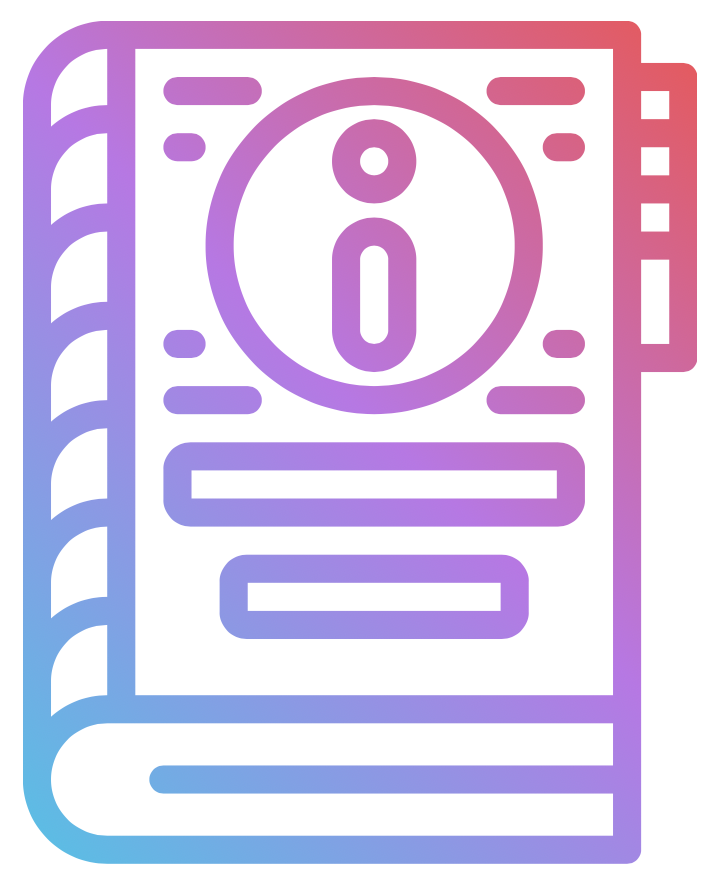This tip was suggested by Marilyn Johnson of IBM Corporation. Like many busy people around the world, Ms Johnson regularly participates in conference calls as a viable alternative to traveling for in-person meetings. She asked me about the commonly accepted codes of conduct and behavior—conference call etiquette—to ensure everyone feels at ease and produces a successful meeting. My main response is that participating in a telephone- or video-conference call is much like attending an in-person meeting, with a few twists.
PARTICIPANTS
1. SYNCHRONIZE YOUR WATCHES: Our individual clocks are not synchronized. Bookmark and use the world clock at http://www.timeanddate.com/worldclock/ as your official time piece when scheduling all your tele- and video-conference calls. Make every effort to be on time. Set your alarm at least 10-15 minutes before the conference call is to begin.
2. KEEP TECHNOLOGY SIMPLE: Disengage the call waiting, on-hold music, and other telephone special features that may disrupt the meeting. Place a small note on your telephone to turn these features back on when the call is completed.
3. USE A HEADSET: As a single participant, avoid using a speaker phone. The voice quality and clicking sounds caused by turning on and off the mute feature or picking up and lowering your telephone handset to engage the speaker is annoying. Holding a handset for a long period of time is tiring. The best way to enjoy long conference calls is a headset. It reduces the ambient noise in the room and leaves your hands free for taking notes.
4. ORGANIZE YOUR MATERIALS: Ready yourself for a conference call just as you do when attending a meeting in person. Review the agenda and ready all materials ahead of time. Formulate your questions, ideas, suggestions, and comments and jot them down for the meeting. Contact the facilitator to confirm meeting goals and objectives. Gather the supplies you will need for the meeting such as a pen and paper, a printed copy of the agenda, beverage, and the telephone number and codes you must call.
5. PREPARE FOR THE LONG HAUL: Just as for an in-person meeting, stop your work in advance and be sure to visit the rest room. An extra step necessary for a conference call: Place a sign on your door or cubicle so others will not disturb you during this time. For video calls, avoid wearing a heavily patterned shirt or tie, clean your desk, and be sure the area behind you is not distracting to those watching.
6. REMAIN PROFESSIONAL: Speak professionally at all times. Be sure to introduce yourself before speaking each time. Control yourself from using slang, acronyms, sarcasm, and jokes—even if commonly used in your in-person business meetings—as they rarely work as well on the telephone.
7. STAY FOCUSED: It’s easy to be distracted during a conference call. Avoid the temptation to check email or do any other work while attending this meeting. Be attentive to the flow of the agenda and discussions, just as in an in-person meeting. You never know when you may be called upon for your thoughts. However, avoid making any audible sounds, such as “yeah, hmm, huh?, a-huh” during the course of the call. Remain as silent as possible while other participants are speaking.
8. ANNOUNCE YOUR ARRIVAL AND DEPARTURE: If you come in late to the call, be sensitive and listen first to what is being said before interrupting to announce your arrival. Wait until a convenient break in the conversation or agenda item to introduce yourself with minimal extra commentary as to why you were delayed. If you must leave the call early, let the facilitator and group know at the beginning of the meeting that you have a time conflict. When actually leaving say “It’s Syndi and I’m leaving the call now.” If you re-enter, announce yourself only at an appropriate interval, otherwise, remain silent.
GUEST SPEAKERS
Special Guests Have Special Tasks: If you are a presenter or guest speaker on a telephone- or video- conference call…
1. CONFIRM WITH THE FACILITATOR WHEN YOU WILL APPEAR on the agenda and how long you will be given to present your portion of the meeting.
2. PROVIDE THE FACILITATOR WITH A COPY OF YOUR MAIN TALKING POINTS plus any background reading materials well in advance for distribution to all participants for review.
3. BE AMONG THE FIRST PARTICIPANTS ON THE CONFERENCE CALL, just as you would at an in-person meeting.
4. CALL ATTENTION TO THE PAGE NUMBER OR ITEM you are discussing, one by one, as you go through your items on the agenda.
FACILITATORS
A conference call facilitator, moderator, or leader needs to take charge of the entire meeting—before, during, and after the call.
1. SCHEDULE PARTICIPANTS: Set a time and contact all participants. Invite all special guests. Twenty-four hours before the meeting, confirm the agenda and specific guidelines for the call. Let all participants know who else will be in on the call.
2. MAKE EVERYONE TECHNO-SAVVY: If someone has not participated in a conference call previously, be sure to review both the mechanics and the etiquette involved. Give all participants the telephone number, and explain to them how the call will work, and who to contact if it doesn’t. It is especially important to explain how to use the mute feature for the call. For most telephone systems this is either a *6 or #6 to mute and un-mute your telephone.
3. CREATE THE AGENDA: Prepare and distribute an agenda and other background reading materials to all participants for review and comments. Try not to cover too many topics in any one agenda. As with all meetings, the best policy is to use the KISSS method and keep it simple, short, and sweet. It’s better to hold several short meetings than one long one. Allow time in the agenda for open discussion of items, just as in an in-person meeting. For calls much longer than 60 minutes, schedule appropriate quick breaks for everyone to take a stretch and leave the call for a moment.
4. ARRIVE EARLY: As with an in-person meeting, arrive at the meeting ahead of other participants. For conference calls, about 3 minutes ahead of the scheduled time.
5. MAKE INTRODUCTIONS: As the first order of business, conduct a role call by having all participants introduce themselves. Unless you are sure everyone knows everyone’s voices, request that each person identify themselves each time before speaking. If new callers enter the call late, at an appropriate break in the discussion, ask new callers to introduce themselves. Depending on the specific conference calling system you are using, explain how you want people who wish to speak to identify themselves, such as a flag via email or simply waiting for the appropriate break in the previous person’s comments.
6. KEEP UP THE PACE: Throughout the meeting, take initiative in moving the agenda along, calling attention to every page number or agenda item you are about to discuss. Be clear in your introduction to each section as to whether it will be an interactive time or a listening time where all participants should be muting their telephones for best listening.
7. GET EVERYONE INVOLVED: When you notice certain participants are not contributing, request comments from them by name, such as, “Susie, we haven’t heard your views, what do you think?”
8. STICK TO THE AGENDA: Manage the timing of each item on the agenda. Reel in those participants who get off point. If you are getting close to the end of the scheduled time, but not the end of the agenda, you must stop and consult with your participants. Make an educated guess on how much more time you need. Ask all participants if they are available to meet longer. If not, be prepared to reschedule.
9. SIGNOFF WITH STYLE: At the end of the conference call, recap the meeting, review action items and next steps with reminders of all due dates, and thank everyone for participating.
10. RAISE YOUR HAND: For video and group conference calls, a way to avoid everyone speaking at once is to request participants to raise their hand and be acknowledged before speaking.
QUESTION: What other items do you have to add to this list? Do let us hear from you by locating this article at www.AdvancedEtiquette.com/blog. You may also reach us at Info@AdvancedEtiquette.com. If you enjoyed this article and want more, subscribe to our “Etiquette Tip of the Month” newsletter—at no charge—filled with great monthly tips on all sorts of topics from international business and social etiquette and protocol to everyday life subjects. It will be great to have you as a member of our happy family of subscribers at www.AdvancedEtiquette.com/subscribe.
SHARE THESE TIPS: To receive a FREE, nicely formatted copy of this month’s tip to forward to others or print out and provide for your office, email us at Info@AdvancedEtiquette.com with the subject Conference Calling Etiquette.
BLOG QUESTION OF THE MONTH: What pet peeves or uncomfortable situations are in your workplace that prevents you from fully enjoying your job?
RELATED RESOURCE: https://www.kumospace.com/blog/how-to-run-effective-virtual-meetings
Let me hear from you. Please submit your comments at the end of this blog.
Happy Practicing!






My family members all the time say that I am wasting my time here at web, except I know I am getting familiarity all the time by reading such nice content.